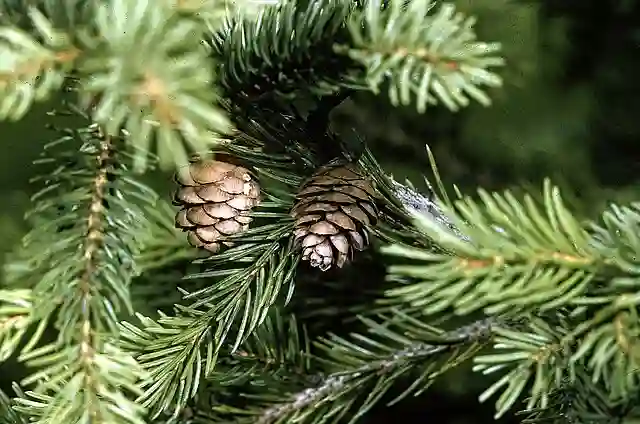
What is Celosia Intenz?
Celosia Intenz is a popular cultivar of Celosia, known for its vibrant, spiky flowers that come in shades of deep purple, pink, and magenta. It is prized for its long-lasting blooms and striking appearance, making it a favorite in gardens and as a potted plant.
46 Species in Genus Celosia
Is Celosia Intenz a perennial?
Celosia Intenz is typically grown as an annual in most climates, as it is not frost-hardy. However, in USDA hardiness zones 10-11, where temperatures remain warmer year-round, it can be grown as a short-lived perennial.
Is Celosia Intenz poisonous to cats?
Celosia Intenz is generally considered non-toxic to cats. However, it’s always a good idea to monitor pets around new plants and consult with a veterinarian if there are any concerns about ingestion.
How to care for Celosia Intenz?
Here’s a guide on how to care for your Celosia Intenz:
Light and Location:
- Sunlight: Celosia Intenz thrives in full sun. They need at least 6 hours of direct sunlight daily for optimal growth and vibrant flower production.
- Placement: Choose a location with good air circulation to prevent fungal diseases.
Watering:
- Water regularly: Water your Celosia Intenz moderately, allowing the top inch of soil to dry out slightly between waterings. Avoid overwatering, which can lead to root rot.
Here’s a simple way to check moisture: Stick your finger into the top inch of soil. If it feels dry to the touch, it’s time to water.
- Watering frequency: During hot, dry weather, you may need to water daily. In cooler weather, watering frequency can be reduced.
Soil:
- Well-draining soil is essential. They are adaptable to a variety of soil types (chalk, clay, loam, or sand) but won’t tolerate constantly soggy soil.
- If your soil is heavy clay, amending it with compost or other organic matter before planting can improve drainage.
Fertilizing:
- Frequent fertilization is not necessary. However, a balanced fertilizer formulated for flowering plants applied once a month during the growing season (spring and summer) can be beneficial. Follow the package instructions for dosage and application.
Additional Tips:
- Celosia Intenz is generally pest and disease resistant. However, watch out for common garden problems like aphids or slugs.
- Insecticidal soap or neem oil solution can be used for aphid control. Handpicking or beer traps can be effective for slug control.
- Celosia Intenz is a low-maintenance annual. They are a great choice for beginner gardeners.
- You can also deadhead (remove spent flowers) to encourage bushier growth.
- Celosia Intenz can be grown from seeds or transplants.
Is Celosia Intenz poisonous to dogs?
Celosia Intenz is also considered non-toxic to dogs. Nonetheless, as with all plants, it’s best to keep an eye on pets to ensure they do not ingest large quantities, which could potentially cause digestive upset.
Can Celosia Intenz be overwintered indoors?
Yes, Celosia Intenz can be overwintered indoors. I bring the plants inside before the first frost and place them in a location with bright, indirect light. Reducing watering and keeping the plants in a cooler room can help them survive the winter months. Alternatively, cuttings can be taken in late summer and rooted indoors for a fresh start in the spring.
Do Celosia Intenz need full sun?
Celosia Intenz thrives in full sun, requiring at least 6-8 hours of direct sunlight daily. Adequate sunlight ensures robust growth and vibrant flower colors.
Do deer eat Celosia Intenz?
Celosia Intenz is generally deer-resistant. The plants’ texture and taste make them unappealing to deer, making them a good choice for gardens in areas with deer activity.
How to deadhead Celosia Intenz?
To deadhead Celosia Intenz, I simply pinch or cut off the spent flower spikes just above a set of leaves or a new bud. This encourages the plant to produce more blooms and keeps it looking tidy.
Where can I buy a Celosia Intenz plant?
Celosia Intenz can be purchased from local nurseries, garden centers, and online plant retailers. During the spring and summer growing seasons, they are often available at farmers’ markets and plant sales.
Why is Celosia Intenz drooping to the sides?
Drooping in Celosia Intenz can be caused by several factors, including underwatering, overwatering, or insufficient light. Ensuring the plant receives adequate water without waterlogging the soil, providing enough sunlight, and checking for pests or diseases can help address and prevent drooping. Additionally, weak stems may require staking or support to keep the plant upright.
If i die, water my plants!



